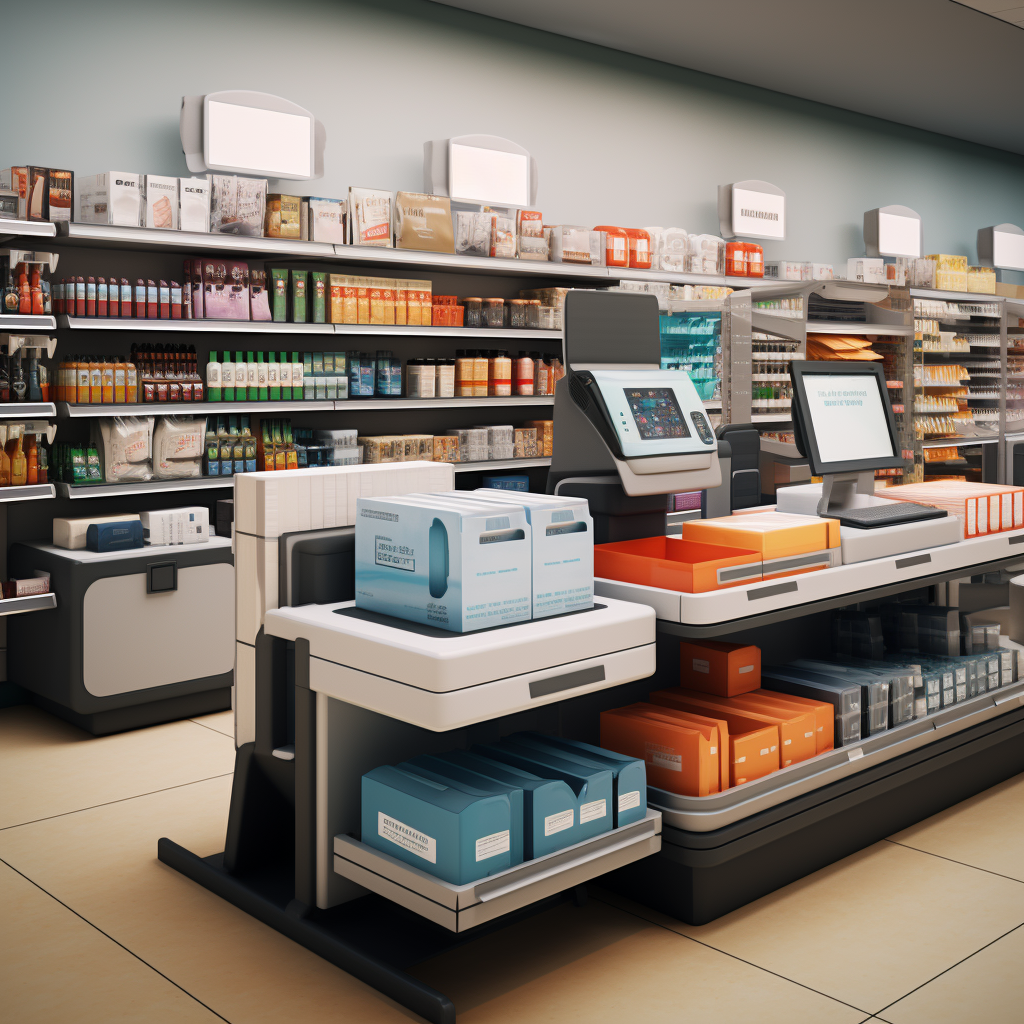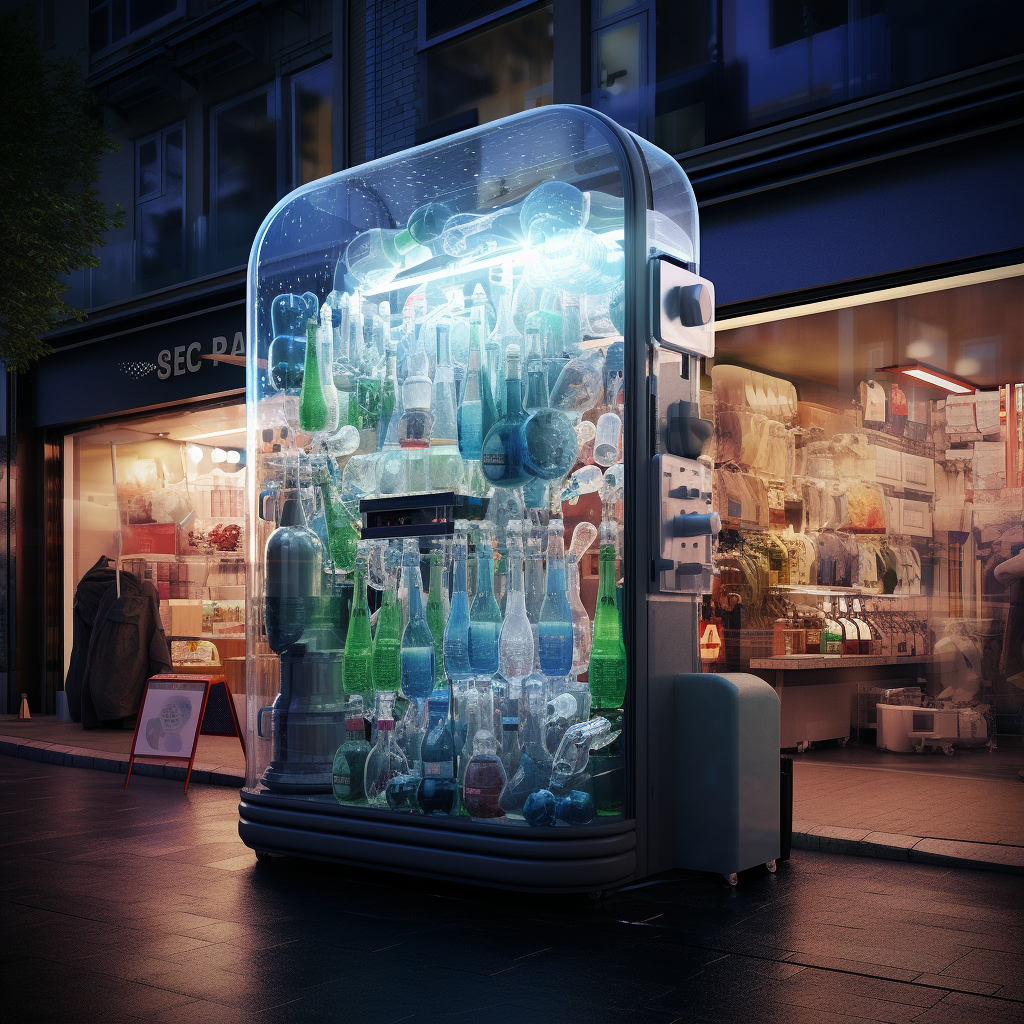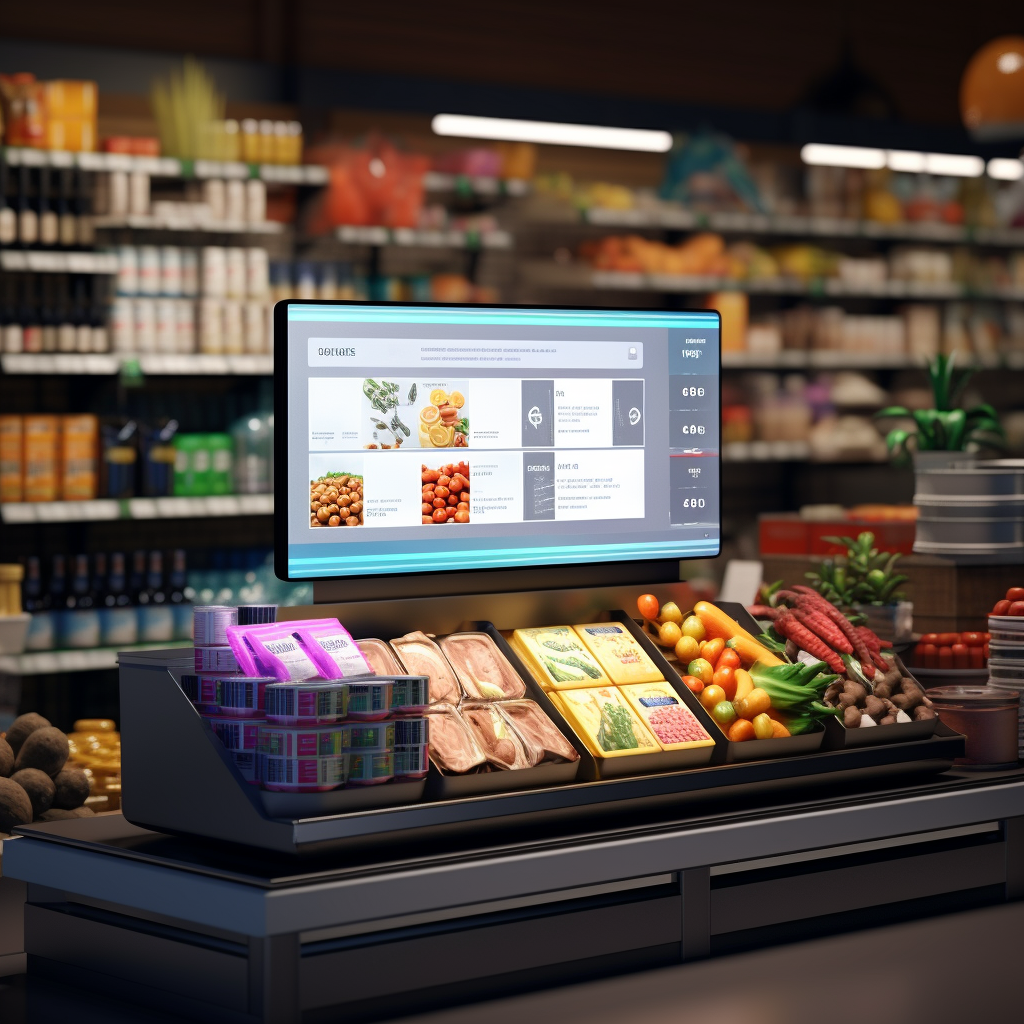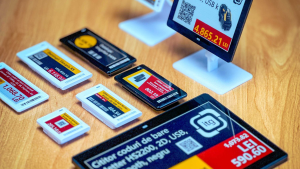In the current scenario of fierce competition and a variety of consumer choices, the ability to deliver a memorable experience plays a key role in attracting and retaining customers.
An exceptional customer experience can bring significant benefits, including up to 7% increase in sales revenue and up to 2% profit. This reality serves as a source of motivation for companies, causing them to exceed consumer expectations.
In this context, technology solution providers need to be in line with current consumer trends. They have the role of equipping traders with technologies and solutions that accurately meet the expectations of modern customers in terms of purchasing experience.

What consumers want?
Consumer trends that impact the buyers’ behavior in Europe, cover a wide range of issues, from the desire to personalise or concern for sustainability, to price attention and the need for comfort.
Informing and educating customers about these trends is essential, and presenting available technological solutions is an important part of this approach. Thus, customers can better understand how they can benefit from these trends and how technology can be a valuable tool to support them.
Sustainability
In the European Union, many people are concerned about environmental protection, and this concern is even more pronounced among Generation Z. Sustainability is becoming a key decision-maker for more than half of consumers. They are concerned about the impact their actions have on the environment and are looking for traders who share these values.

Accessibility
Consumers are looking for affordable products and services. The cost of living is rising across Europe, and consumers are increasingly paying attention to their budget. Inflation, the war in Ukraine and other economic challenges have contributed to the increase in spending, which makes affordable prices a trend to watch carefully.
Customisation
Personalisation is another major concern for European consumers. They appreciate it when brands understand their preferences and provide relevant buying experiences. Traders should take this into account, given that around 50% of EU consumers are willing to provide personal information for a more personalised experience.
Convenience
Convenience is a priority for buyers, so click-and-collect services are becoming increasingly popular in the European Union and the UK. For example, in France, the revenues generated by these services are expected to reach 14.3 billion euros this year, compared to 11 billion euros in 2018. In the UK, this revenue is close to 11.9 billion dollars, reflecting an increase of 5 billion euros over the same period. For traders who do not offer such options, there is a real risk of income loss.

Impact of consumer trends on the retail industry
As a result of these consumer trends, the retail sector is changing:
The trend of buying second-hand products has a significant impact on consumer behaviour. According to a 2021 study, the European Union’s second-hand trend market is expected to reach 34 billion euros by 2025. At the same time, the number of people opting for the sale of second-hand products has increased significantly. Retail companies should explore ways to attract customers to second-hand products to respond to this trend.
Fast trade has become a defining element of the buying experience. If delivery in two hours was considered ‘gold standard’, now it has become more of a matter of just 15 minutes. This change is due to the growing trend of rapid trade and intense competition between startups, to bring food and basic to customers’ doors in record time. The value of the fast-trade market is estimated at around 8.6 billion euros this year and is expected to increase around 11% by 2027. The technology that supports this opportunity will allow traders to provide customers with even more comfort in the buying process.
Subscriptions are an extremely valuable option for certain categories of consumers, giving them the opportunity to “set and forget”. This approach benefits both traders and buyers. Through subscriptions, consumers are assured that they will not run out of essential products, while traders receive recurring and predictable revenues. This reality has led to a rapid growth of the subscription market in Europe, with an estimate of 17.5% growth over the next four years.




